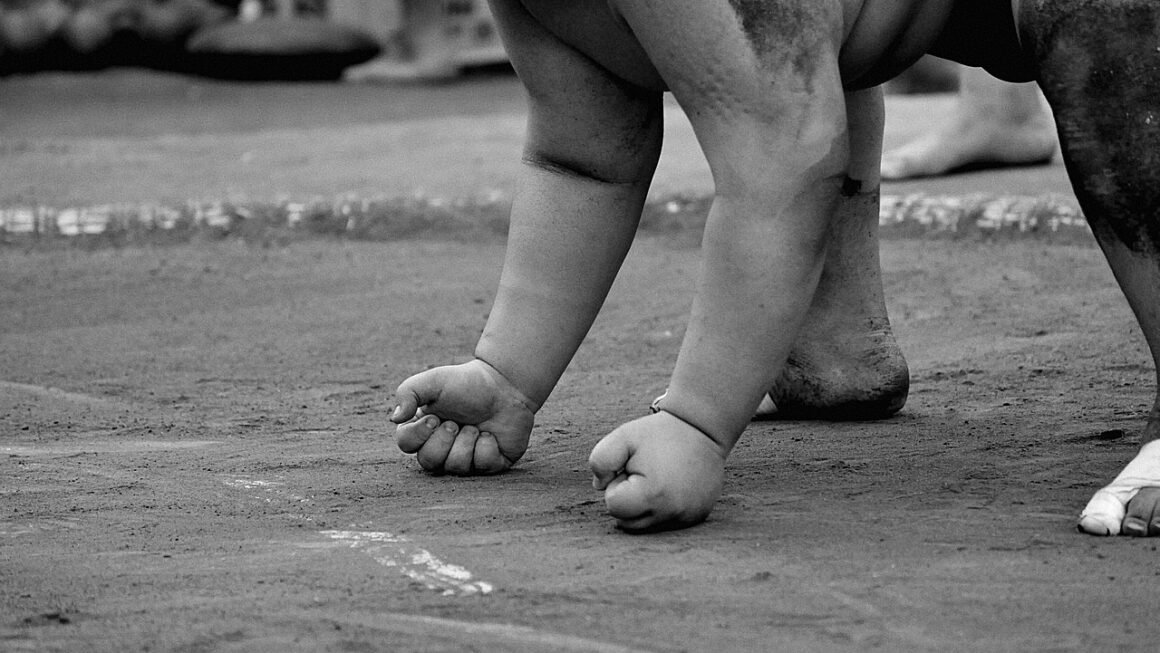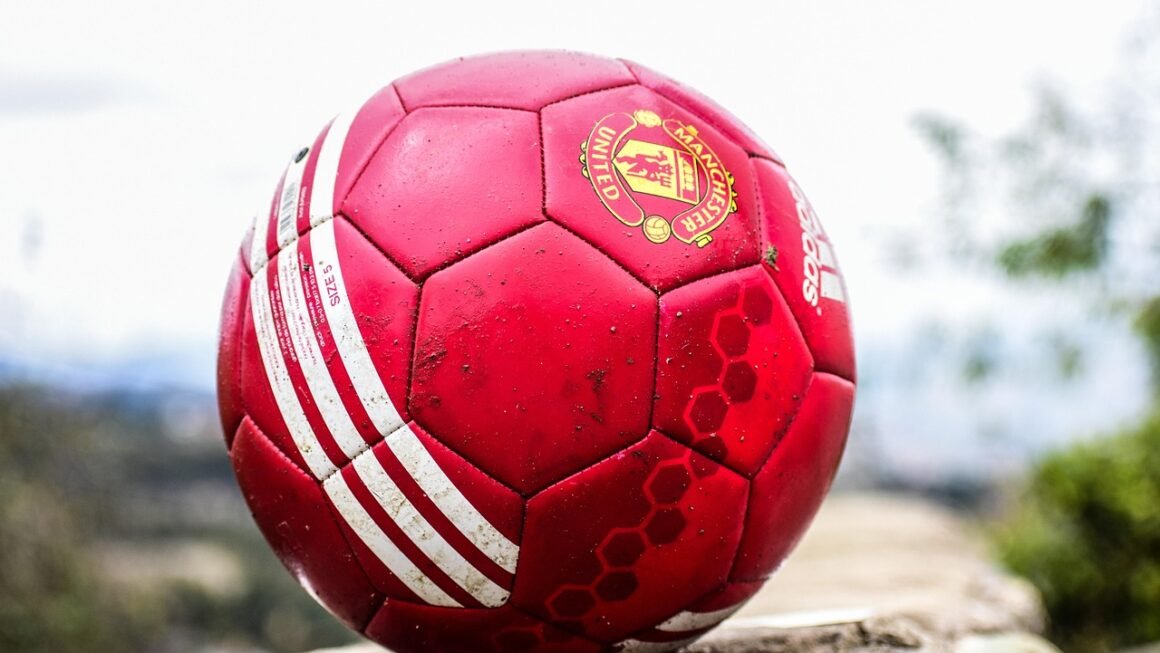Badminton: More Than Just a Backyard Game
Badminton, often relegated to the backyard for casual summer fun, is actually a demanding and exhilarating sport enjoyed by millions worldwide. From the lightning-fast rallies to the strategic depth, badminton offers a unique blend of athleticism and mental acuity. Whether you’re a seasoned player or just curious about the sport, this guide will delve into the fascinating world of badminton, exploring its rules, techniques, benefits, and how to get started.
Understanding the Basics of Badminton
Badminton is played with two opposing players (singles) or two opposing pairs (doubles), who take positions on opposite halves of a rectangular court divided by a net. Players score points by striking a shuttlecock with their racquet so that it passes over the net and lands in their opponent’s half of the court. Sounds simple, right? The devil is in the details!
Badminton Court Dimensions
- The badminton court is 44 feet long and 20 feet wide for doubles play.
- For singles, the court is the same length but narrower, at 17 feet wide.
- The net is 5 feet 1 inch high at the posts and 5 feet high in the center.
- These dimensions are crucial for strategic play, affecting shot placement and player positioning.
Badminton Scoring System
Badminton uses a rally scoring system. This means a point is scored on every rally, regardless of which player served.
- A match is best-of-three games.
- The first side to reach 21 points wins a game.
- A side must win by two points, except when the score reaches 29-all, in which case the side scoring the 30th point wins.
- Strategic decisions, like serving high or low, become crucial when the score is close.
Essential Badminton Equipment
- Racquet: Badminton racquets are lightweight, typically made of graphite, and strung tightly. Racquet weight and grip size are important considerations for comfort and performance.
- Shuttlecock: Shuttlecocks can be made of feathers or synthetic materials. Feather shuttlecocks are preferred for their flight characteristics in professional play, while synthetic versions are more durable for recreational use.
- Shoes: Court shoes with good lateral support and cushioning are essential to prevent injuries.
- Apparel: Comfortable, breathable clothing that allows for a full range of motion is recommended.
Mastering Badminton Techniques and Skills
Badminton is a sport of precision and power. Mastering the fundamental techniques is key to improving your game.
The Forehand and Backhand Strokes
- These are the foundation of all badminton shots.
- Forehand: Executed on the same side of the body as the dominant hand. Focus on a full arm swing and wrist snap.
- Backhand: Executed on the opposite side of the body. Proper footwork and body positioning are crucial for generating power.
- Practice these strokes repeatedly to develop muscle memory and consistency.
The Serve
- The serve puts the shuttlecock into play.
- Low Serve: Used primarily in doubles, the shuttlecock is hit softly just over the net.
- High Serve: Used primarily in singles, the shuttlecock is hit high and deep to the opponent’s backcourt.
- A consistent and accurate serve can give you an immediate advantage.
The Smash
- The smash is a powerful overhead shot hit downwards, aiming to end the rally quickly.
- Proper technique involves a full arm extension, a powerful wrist snap, and hitting the shuttlecock at the highest point possible.
- Strategic placement of the smash is key, aiming for open areas of the court.
The Drop Shot
- The drop shot is a delicate shot hit softly over the net, causing the shuttlecock to fall rapidly.
- It’s effective for disrupting the opponent’s rhythm and forcing them to move forward.
- Disguising the drop shot to look like a smash can be very effective.
Footwork Drills
- Agile footwork is essential for covering the court efficiently.
- Common drills include:
Shadow Footwork: Practicing footwork patterns without a racquet or shuttlecock.
Cone Drills: Setting up cones to simulate court movements.
* Shuttle Runs: Running between designated points on the court.
- Improvement in footwork directly translates to improved shot accuracy and court coverage.
Health and Fitness Benefits of Badminton
Badminton isn’t just fun; it’s also an excellent way to improve your physical and mental well-being. It’s a full-body workout that offers a wide range of benefits.
Cardiovascular Health
- Badminton elevates your heart rate and improves blood circulation.
- Regular play can reduce the risk of heart disease, stroke, and other cardiovascular problems.
- The constant movement helps to strengthen the heart muscle.
Weight Management
- Badminton burns calories and helps to maintain a healthy weight.
- A single game can burn several hundred calories, depending on the intensity.
- It’s a fun and engaging alternative to traditional forms of exercise.
Muscle Strength and Endurance
- Badminton strengthens muscles in your legs, arms, core, and back.
- The repetitive movements improve muscle endurance and stamina.
- The explosive nature of the sport builds power and agility.
Improved Reflexes and Coordination
- Badminton requires quick reflexes and precise hand-eye coordination.
- Regular play sharpens your reaction time and improves overall coordination.
- It’s a great way to enhance cognitive function and improve mental agility.
Mental Well-being
- Badminton releases endorphins, which have mood-boosting effects.
- It’s a social activity that can reduce stress and improve mental clarity.
- The strategic nature of the game provides a mental challenge and fosters problem-solving skills.
Strategies for Winning in Badminton
Winning in badminton requires more than just athleticism; it requires strategy and intelligent play. Understanding your opponent and adapting your game accordingly is key.
Analyzing Your Opponent
- Observe your opponent’s strengths and weaknesses.
- Identify their preferred shots and tendencies.
- Adapt your game plan to exploit their weaknesses and neutralize their strengths.
Court Positioning and Movement
- Maintain a balanced and central position on the court.
- Anticipate your opponent’s shots and move efficiently to cover the court.
- Use a variety of footwork patterns to stay agile and unpredictable.
Shot Selection and Placement
- Vary your shots to keep your opponent off balance.
- Use a combination of smashes, drops shots, and clears to disrupt their rhythm.
- Aim for open areas of the court and force your opponent to move.
Mental Toughness
- Stay focused and positive, even when facing adversity.
- Maintain your composure and avoid getting frustrated.
- Believe in your abilities and never give up.
- Visualizing success and practicing positive self-talk can significantly improve performance under pressure.
Getting Started with Badminton
Ready to pick up a racquet and give badminton a try? Here’s how to get started:
Finding a Badminton Club or Court
- Search online for local badminton clubs or community centers that offer badminton facilities.
- Many gyms and recreation centers also have badminton courts available for rent.
- Consider joining a club for access to coaching, organized play, and social events.
Essential Gear
- Start with a basic badminton racquet and shuttlecocks.
- Wear comfortable athletic shoes with good support.
- Choose breathable clothing that allows for a full range of motion.
- As you progress, you can upgrade your equipment to more advanced models.
Basic Skills to Learn
- Focus on mastering the forehand and backhand strokes.
- Learn the proper technique for serving.
- Practice basic footwork patterns to improve your agility.
- Consider taking lessons from a qualified coach to accelerate your learning.
Practice Regularly
- Consistent practice is key to improving your badminton skills.
- Set realistic goals and track your progress.
- Don’t be afraid to experiment with different techniques and strategies.
- Most importantly, have fun and enjoy the process of learning and improving.
Conclusion
Badminton is a sport that offers something for everyone, regardless of age or skill level. From the physical benefits to the mental challenges, badminton is a rewarding and engaging activity that can enrich your life. So, grab a racquet, find a court, and experience the joy of badminton for yourself. You might just discover your new favorite sport!



